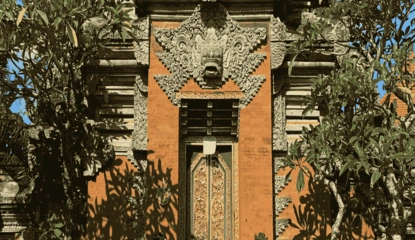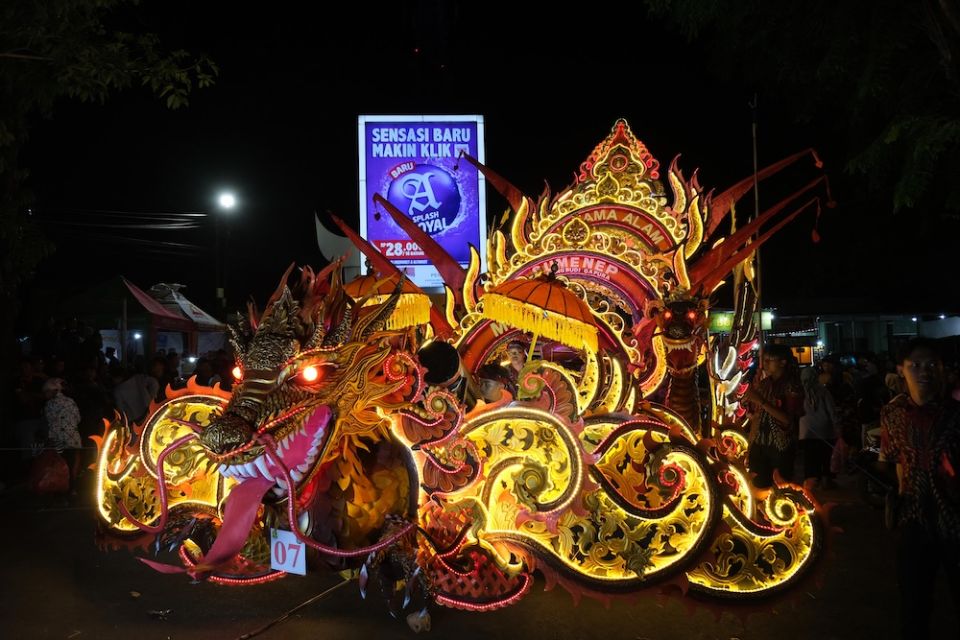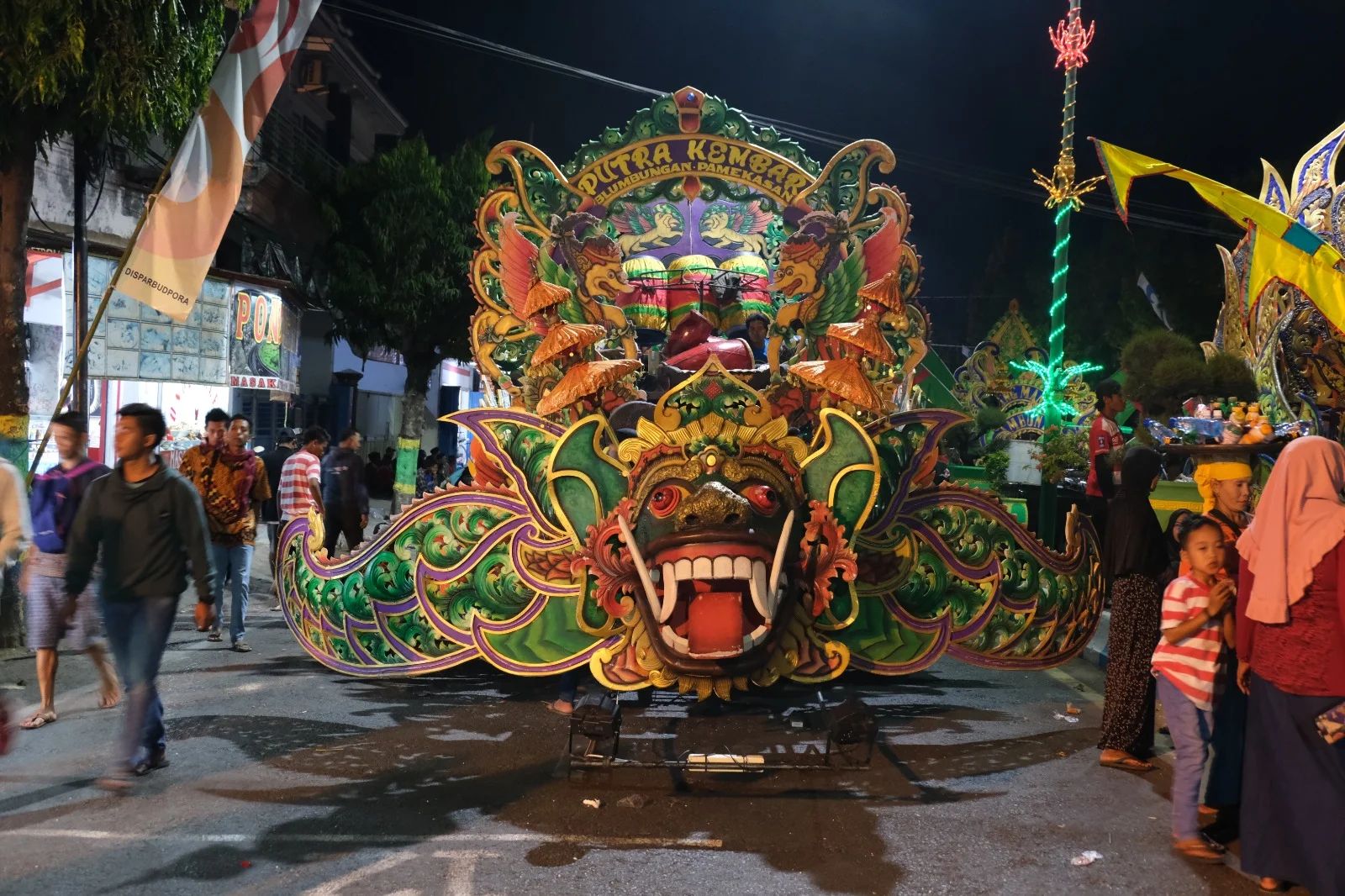The Joglo Jompongan House is a variation of the traditional Joglo house originating from East Java. This house features a distinctive design with a roof structure that is lower than the traditional Joglo, while still retaining the philosophical and cultural values of Javanese tradition. The name "Jompongan" refers to the roof design, which includes "air vents" or ventilation holes at the top, allowing for better air circulation inside the house.
In the past, the Joglo Jompongan House was often used by the middle to upper classes of East Java society. It reflects a blend of traditional values and practical adaptations, particularly suited to the region's hot climate.
Distinctive Features
Structure:
The roof design resembles that of a traditional Joglo but is lower and includes additional ventilation at the top to improve air circulation. Like other Joglo houses, the Joglo Jompongan has central pillars (Soko Guru) supporting the middle of the house.The house is constructed from teak wood or other durable local timber, with walls made of wood or woven bamboo.
Room Layout:
Pendopo: A spacious front area without partitions, used for receiving guests or holding traditional meetings.
Pringgitan: A central room connecting the pendopo to the main living area, often used for traditional arts performances.
Omah Dalam: The main living area for the family, including bedrooms and a dining room.
Sentong: A sacred space located in the inner part of the house, typically used for storing heirlooms or as a family prayer room.
Ornaments:
The Joglo Jompongan is decorated with simple wooden carvings featuring floral or geometric motifs.The dominant natural wood tones create a warm and elegant aesthetic.
Philosophical Meaning
The Joglo Jompongan House embodies philosophical values that reflect the culture and life of the East Javanese people:
1. Harmony with Nature: The open design and good ventilation reflect a balance with the surrounding environment.
2. Religiosity: The house's layout respects spiritual values, particularly in the sacred space (Sentong).
3. Social Interaction: The pendopo represents openness and hospitality, facilitating social interactions and welcoming guests.
4. Strength and Simplicity: The sturdy yet simple structure symbolizes stability in life and a modest lifestyle.
Functions of the Joglo Jompongan House in Daily Life
1. Residence: It serves as a comfortable home adapted to the hot climate of East Java.
2. Social Activity Center: The pendopo is used for hosting guests, traditional meetings, or community events.
3. Sacred Storage: The Sentong is used to store heirlooms or as a family prayer space.
4. Cultural Identity Symbol: The house represents the cultural identity of East Java, especially in its architectural traditions and values.
5. Cultural Preservation: The Joglo Jompongan House remains part of East Java's cultural heritage, continuously maintained by the local community.












